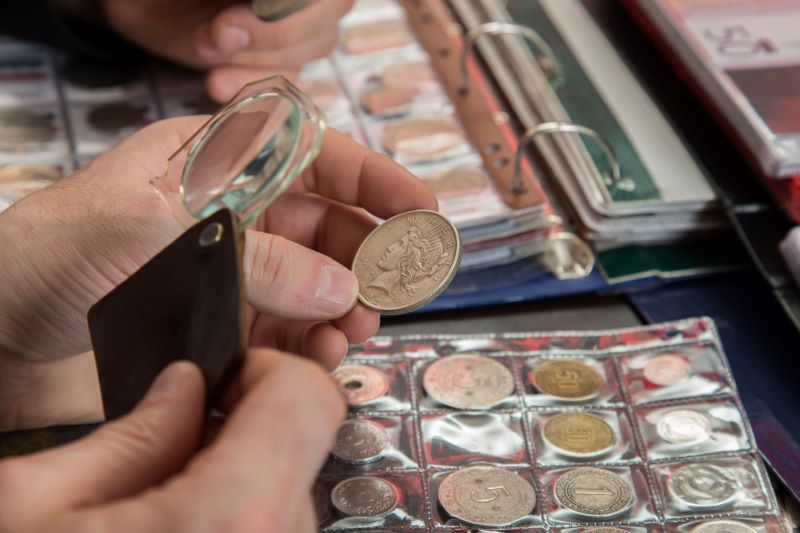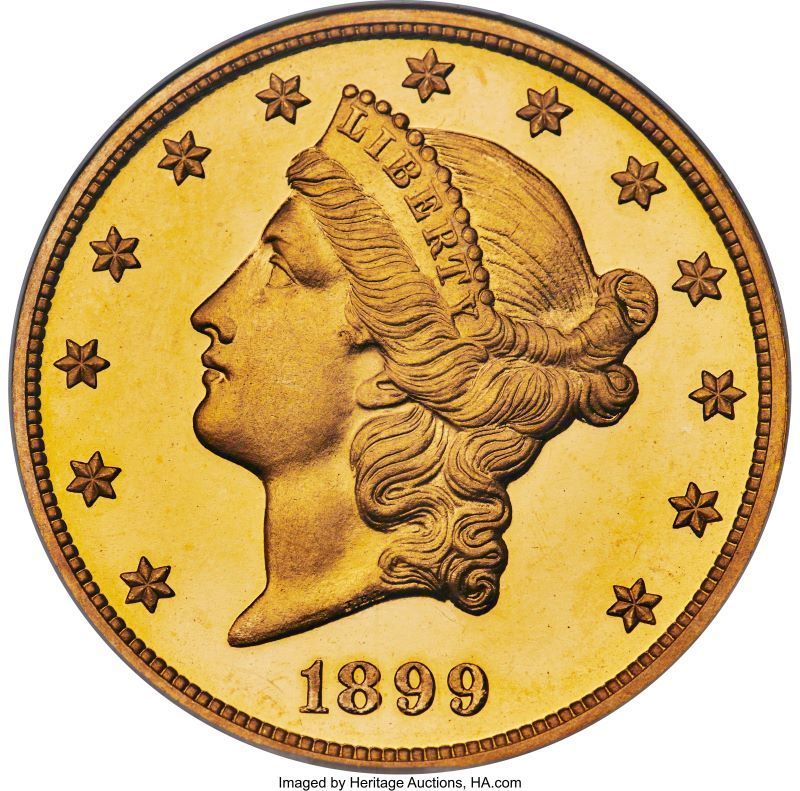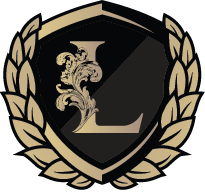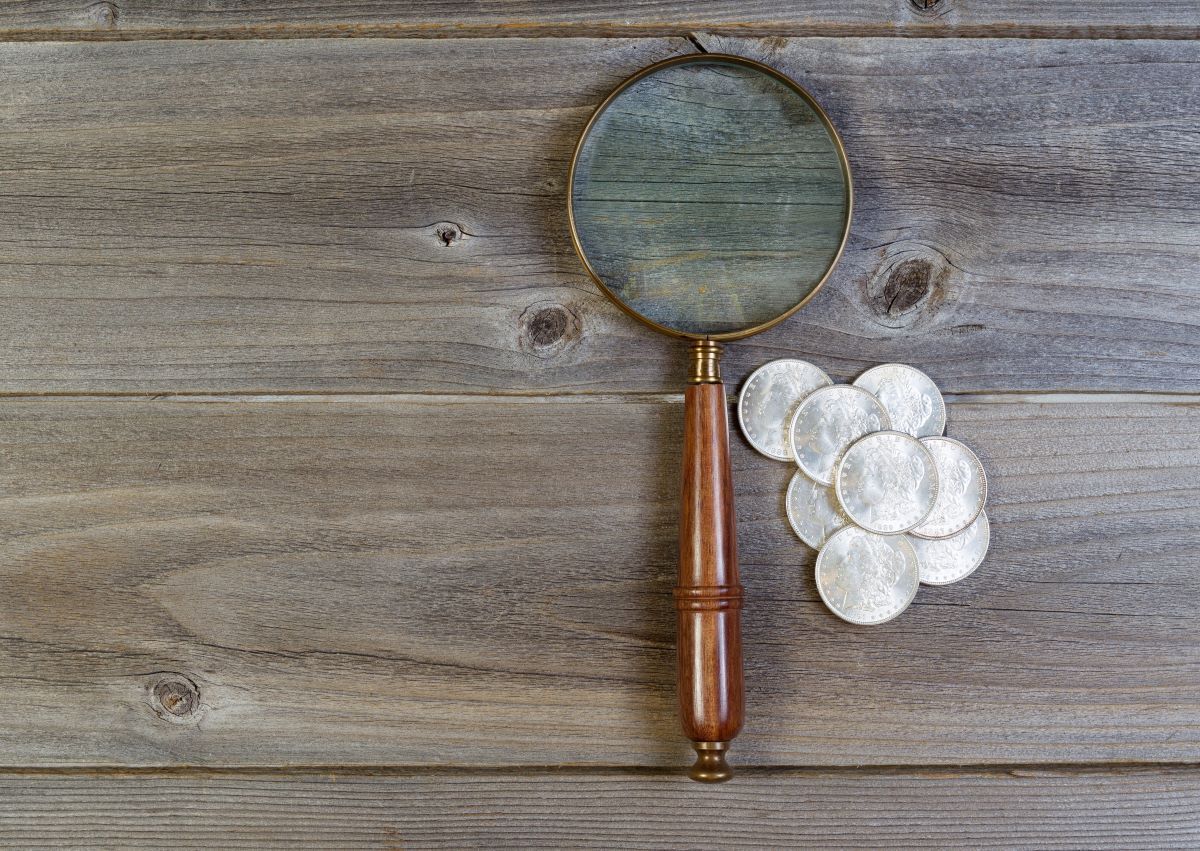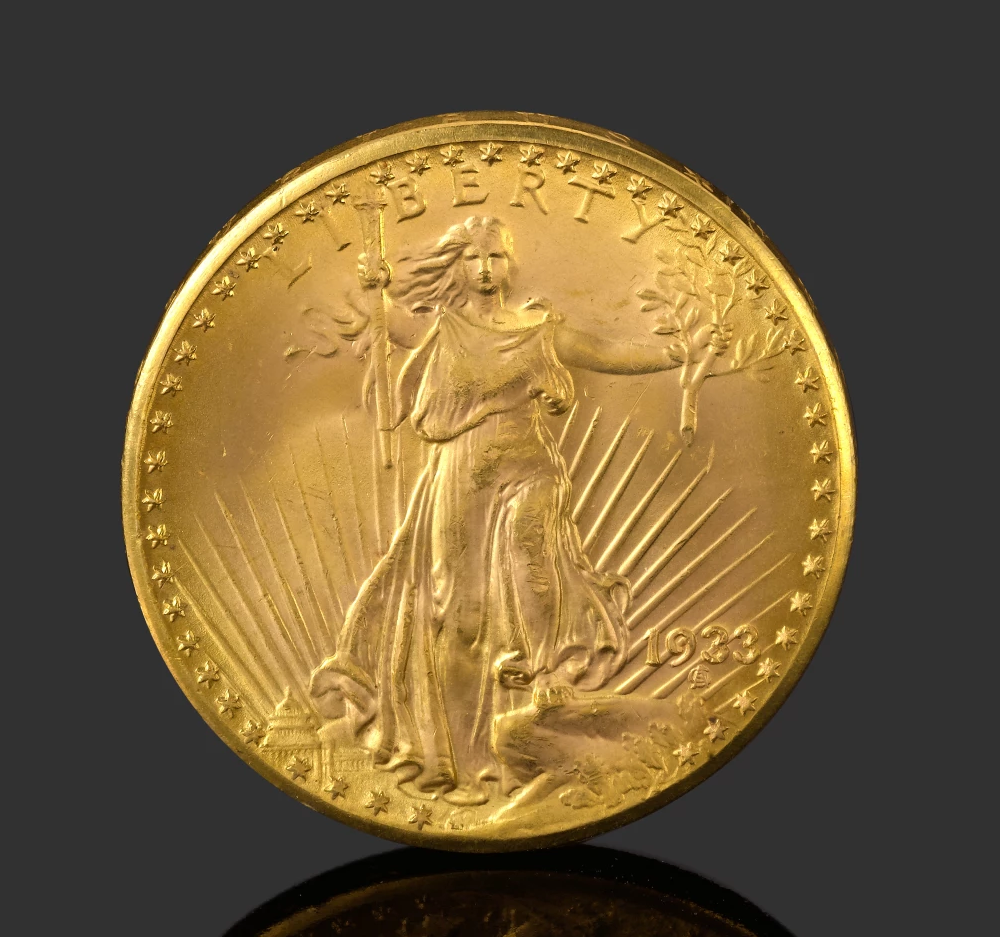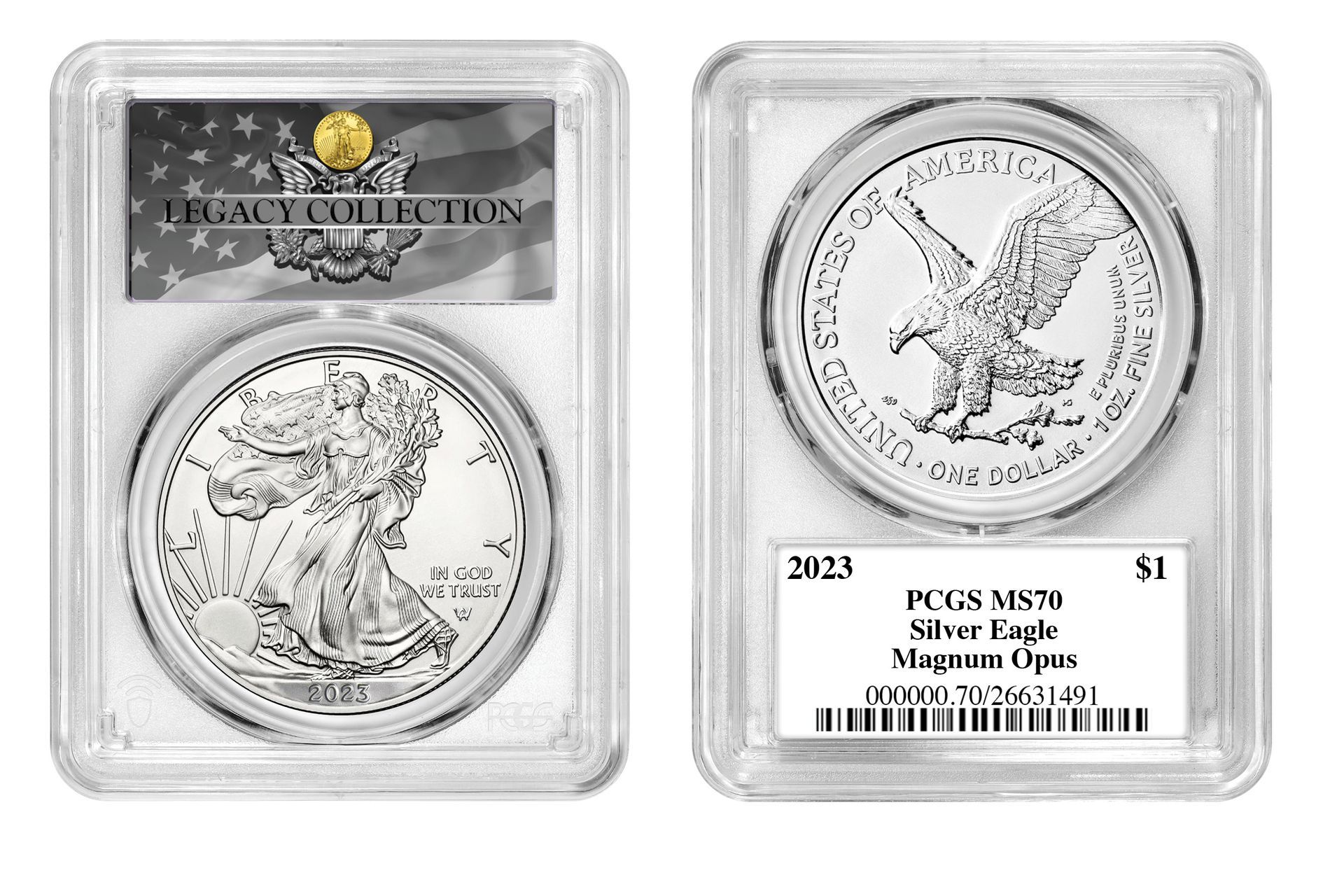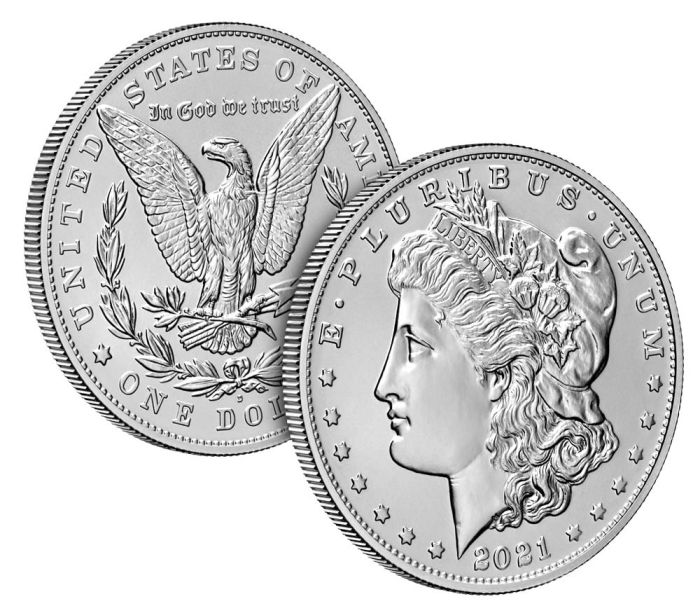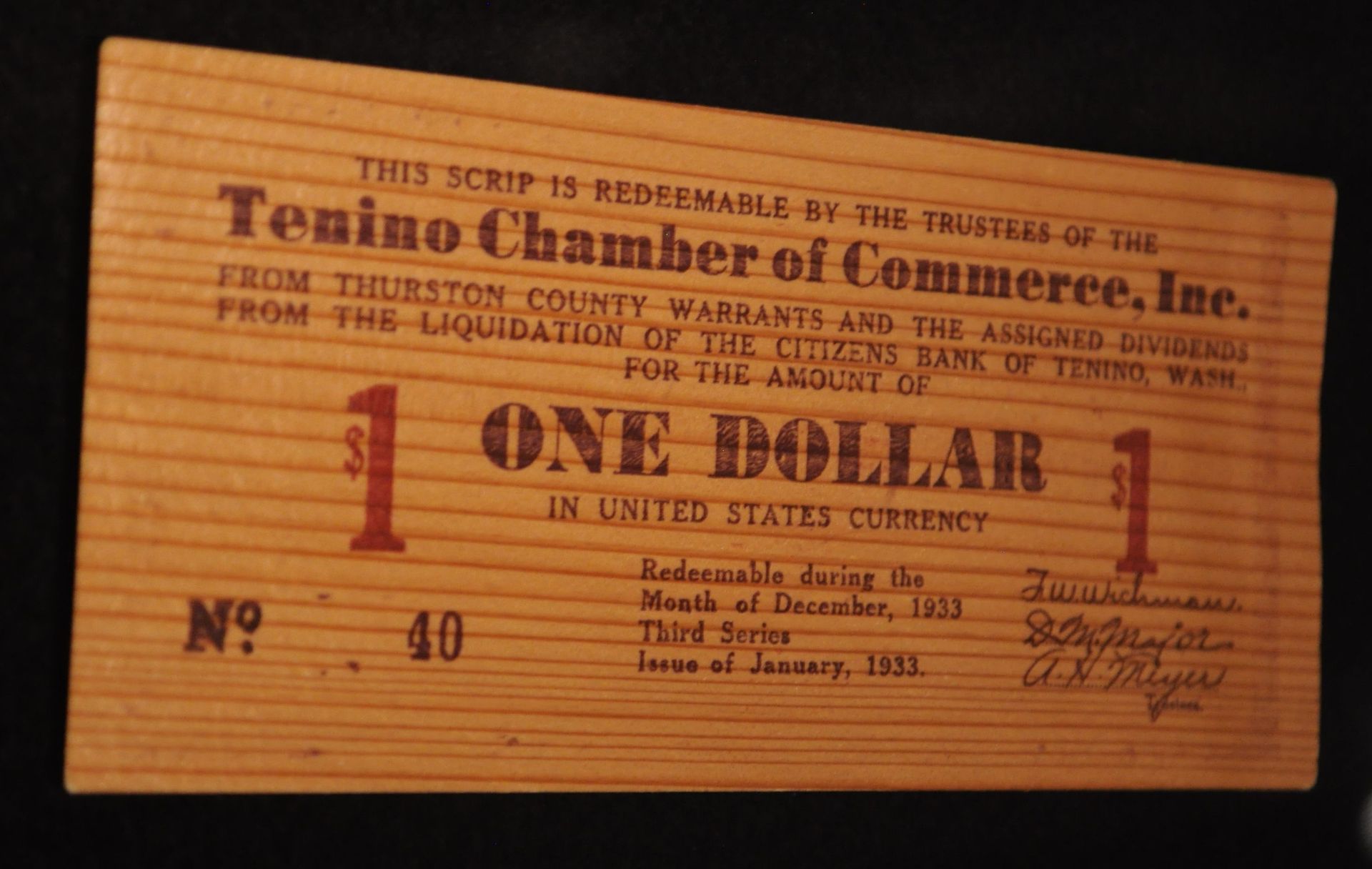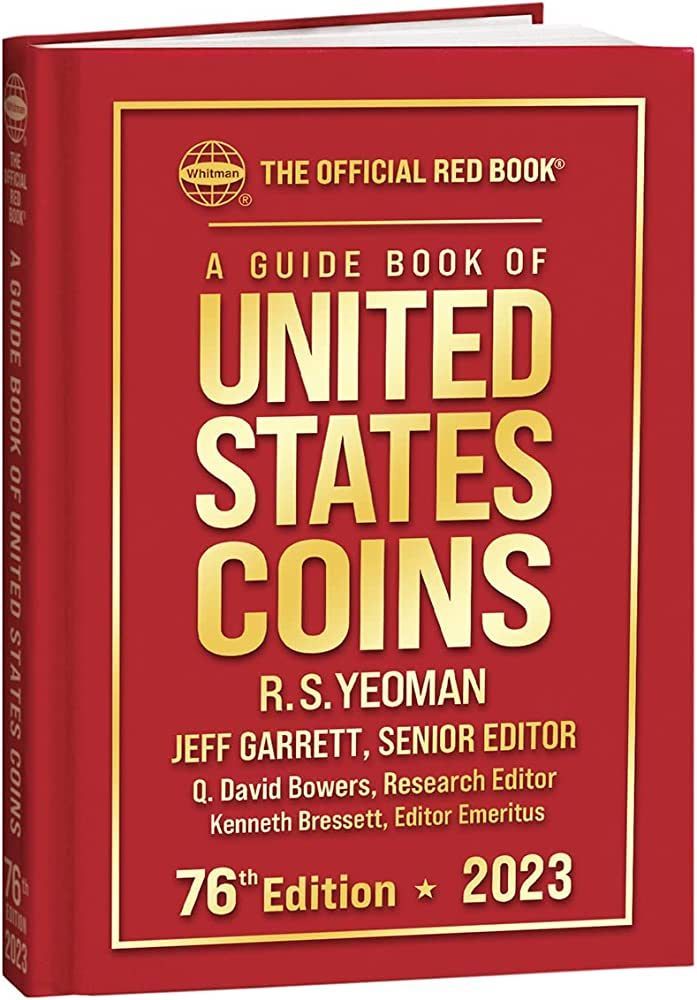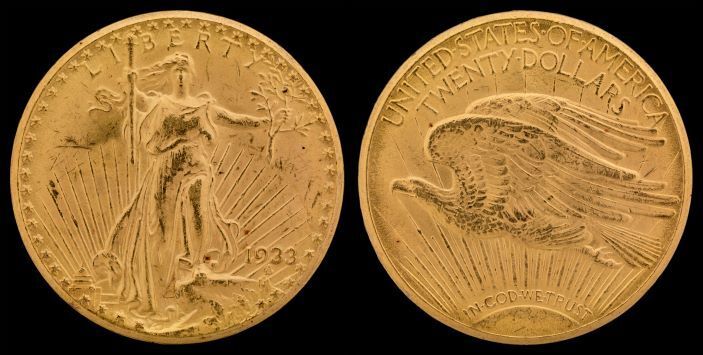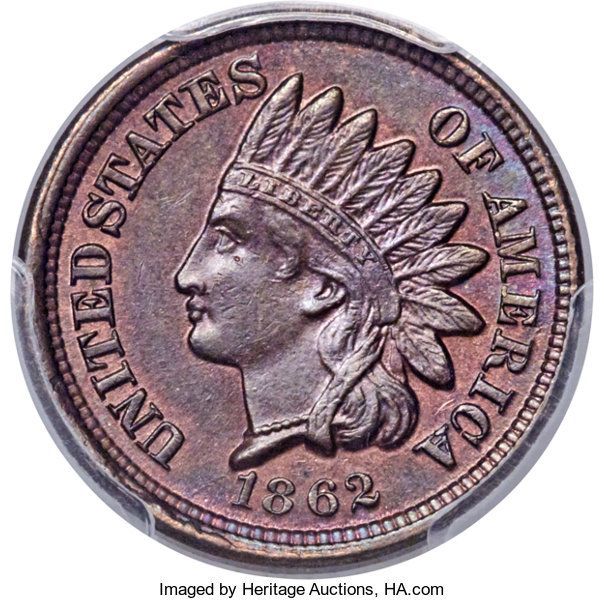
The U.S. Indian Head Cent, minted from 1859 to 1909, is a beloved piece of American numismatic history. This penny features the design of Lady Liberty donning a Native American headdress, a unique blend of imagery that has captivated collectors for over a century.
Indian Head Cents hold immense historical and cultural value. They connect collectors to an important era in U.S. history, offering a tangible link to the past. For numismatists, these coins offer substantial value and are sought after for their beauty, rarity, and historical significance.
This comprehensive guide serves to introduce you to the world of Indian Head Cent collecting. It covers the coin's history, key dates, grading, handling, buying, selling, and future trends in collecting.
History of the U.S. Indian Head Cent
Years of Mintage (1859-1909)
The Indian Head Cent was first minted in 1859, replacing the Flying Eagle Cent. It continued in production until 1909, when the Lincoln Cent took its place.
James Barton Longacre, Chief Engraver of the U.S. Mint, designed this iconic coin. His portrait of Lady Liberty wearing a Native American headdress was initially controversial but eventually gained widespread acceptance.
The Indian Head Cent underwent minimal design changes. In 1860, the laurel wreath on the reverse was replaced with an oak wreath and a shield at the top, symbolizing strength and independence.
The American Civil War played a significant role in the coin's history. To counteract hoarding and metal shortages, the Mint shifted from the copper-nickel alloy to a less expensive bronze alloy in 1864.
Understanding the Anatomy of Indian Head Cents
- Obverse Design: The coin's obverse features Lady Liberty in a feathered headdress, with "LIBERTY" inscribed on the band.
- Reverse Design: The initial reverse design in 1859 was a laurel wreath, but an oak wreath with a shield was introduced in 1860.
Materials Used Throughout the Years
- Copper-Nickel (1859-1864): The first Indian Head Cents were made of 88% copper and 12% nickel.
- Bronze (1864-1909): The composition changed to 95% copper and 5% tin and zinc due to the Civil War's economic impact.
- The Indian Head Cent measures 19 mm in diameter and has a plain edge. Its weight changed from 4.67 grams (1859-1864) to 3.11 grams (1864-1909) due to the shift in alloy.
Key Dates and Varieties for Collectors
Key dates represent scarce or rare issues, often increasing a coin's value significantly. The scarcity can be due to low mintage, large-scale melting, or other historical factors.
Notable years include the 1877 (low mintage) and the 1864 L (the 'L' stands for 'Longacre' and signifies a design variation).
Prices for Indian Head Cents can range from a few dollars for common dates in lower grades to over $10,000 for key dates like the 1877 cent in high grades.
Grading the Indian Head Cents
Coin grading is crucial in determining a coin's value. The process assesses a coin's condition and assigns a numerical grade, from 1 (poor) to 70 (perfect).
Categories range from poor, fair, good, very good, fine, very fine, extremely fine, to uncirculated.
Factors include surface preservation, strike, luster, and coloration.
Learn from professional graders, use reference books, and handle many coins to familiarize yourself with grading standards.
Care and Storage for Indian Head Cents
Always handle coins by their edges to avoid leaving fingerprints. Never clean coins as improper cleaning can harm their value.
Store coins in holders, albums, or safes designed for coin storage to protect them from environmental damage.
Ensure your collection to safeguard against loss or theft. Always keep an inventory for insurance purposes.
Buying and Selling Indian Head Cents
You can purchase coins from online platforms, coin shows, dealers, and auctions.
Authenticate coins using reference books, professional graders, and certification companies.
Know your coin's grade, research the market, and consider professional grading to get the best price.
Certification companies verify a coin's authenticity and grade, enhancing its marketability.
The Future of Indian Head Cent Collecting
The Indian Head Cent market remains strong, driven by the coin's historical significance and aesthetic appeal.
With continued interest from collectors, the value of these coins, especially rare dates and high grades, is likely to appreciate.
Collecting Indian Head Cents is a rewarding pursuit that offers historical insights, potential financial gain, and the joy of owning a piece of history.
Conclusion
Collecting Indian Head Cents offers an enriching journey through American history. Whether for investment, education, or the sheer joy of collecting, these coins hold a timeless allure.
Stay curious, keep learning, and enjoy the thrill of the hunt. Happy collecting!
References and Resources
"Indian Cent Guide Book" by Q. David Bowers and "A Guide Book of United States Coins" by R.S. Yeoman are excellent starting points.
Professional Coin Grading Service (PCGS) and Numismatic Guaranty Corporation (NGC) are renowned grading services. Dealers like Stack's Bowers Galleries and Heritage Auctions are trustworthy
Share With Your Friends
